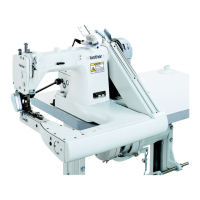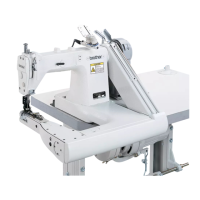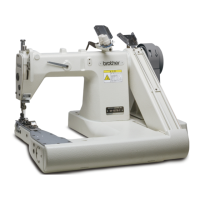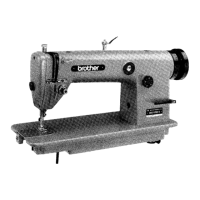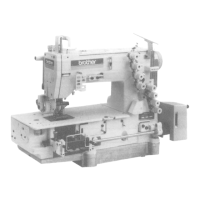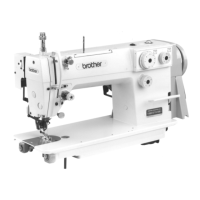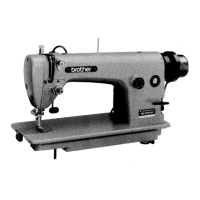What to do if my Brother Sewing Machine is skipping stitches?
- BBrett RobersonJul 31, 2025
If your Brother Sewing Machine is skipping stitches, make sure the needle is correctly installed. If the needle is properly installed, but the issue persists, consider that the looper points may be dull and need replacement. If the loopers are ok, the needle and looper timing, or the clearance between them, might be incorrect and need adjustment. Also, verify and adjust the lower thread take-up timing if necessary.
